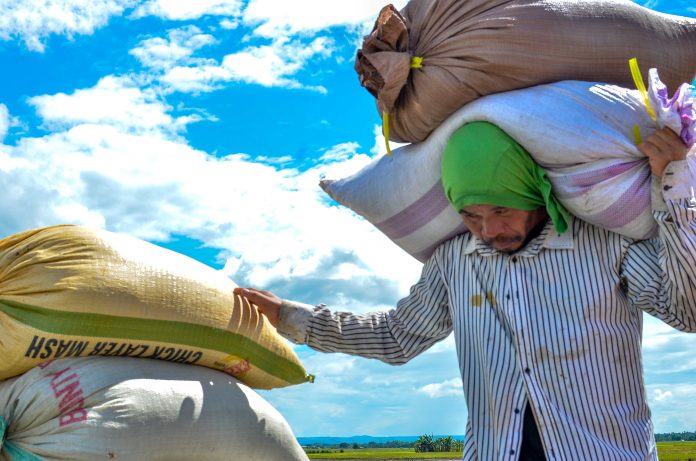
ILOILO – Damage to this province’s rice farms caused by the El Niño phenomenon already reached P911 million, according to the Provincial Agriculture Office (PAO). The losses could still increase. The El Niño may get worse in April, warned the Philippine Atmospheric, Geophysical, and Astronomical Services Administration (Pagasa).
Thirty-nine of the province’s 43 local government units (LGUs) reported losses, said Elias Sandig, assistant provincial agriculturist.
But what had been reported so far were losses in rice production only. PAO was still waiting for reports on the damage to other agricultural crops, said Sandig, thus the likelihood of the losses to balloon further.
From what the 39 LGUs reported, according to PAO, the prevailing dry conditions were adversely affecting 24,176 farmers working on 23,697 hectares of rice fields. These LGUs were the following:
* 1st District – Oton, Guimbal, Igbaras, Tigbauan, Tubungan, Miag-ao, San Joaquin
* 2nd District – Leon, Alimodian, Leganes, Zarraga, Pavia
* 3rd District – Badiangan, Janiuay, Pototan, Cabatuan, Mina, Maasin, Bingawan, Lambunao, Calinog
* 4th District – Anilao, Banate, Barotac Nuevo, Passi City, San Enrique, Dumangas, Dingle, Dueñas
* 5th District – San Rafael, Batad, Balasan, Barotac Viejo, Ajuy, Concepcion, Lemery, Estancia, San Dionisio, Carles.
Only four towns were yet to submitted reports to PAO. These were San Miguel, Santa Barbara, New Lucena, and Sara, all with vast farm lands.
The municipality of Bingawan in the 3rd District is so far the only LGU to have declared a state of calamity due to El Niño. But according to Sandig, several others in the district may do the same such as Lambunao, Janiuay, Maasin, and Cabatuan.
Bingawan decided to declare a state calamity on March 25 after its losses in agricultural crops, fisheries and livestock due to El Niño reached P53,172,976.
Will the provincial government declare a state of calamity?
Sandig said Gov. Arthur Defensor Sr. would come to a decision after all LGUs would have submitted their reports to PAO.
The governor will act based on the data from the LGUs, stressed Sandig, and recommendations from the Department of Agriculture.
There could be way-below normal rainfall in 26 provinces and below-normal rainfall in 57 provinces, according to Pagasa.
“April is when we see severe impacts in terms of meteorological drought,” said Analiza Solis, officer-in-charge of the Pagasa Climate Monitoring and Prediction Section.
Solis explained drought is a condition marked by either three consecutive months of way-below normal rainfall or five consecutive months of below-normal rainfall.
Dry spell, on the other, is either two consecutive months of way-below normal rainfall conditions or three consecutive months of below-normal rainfall.
“We’ll likely have a prolonged dry season,” said Solis.
Early termination of the northeast monsoon or amihan this year and the possible delay in the onset of the 2019 rainy season due to El Niño mean the country is facing prolonged dryness, she said./PN





